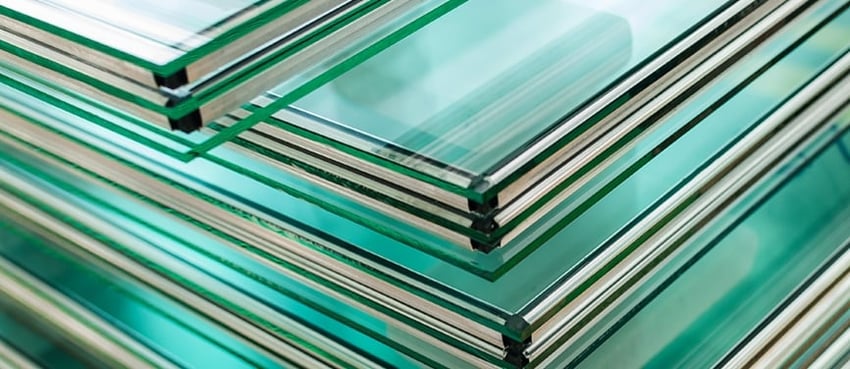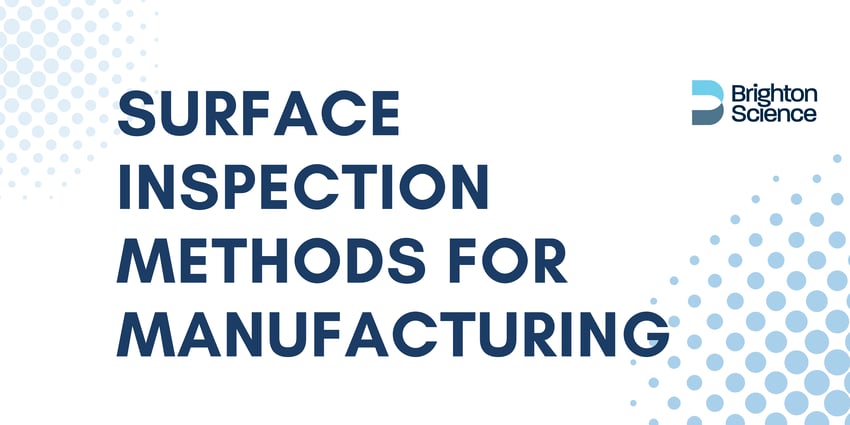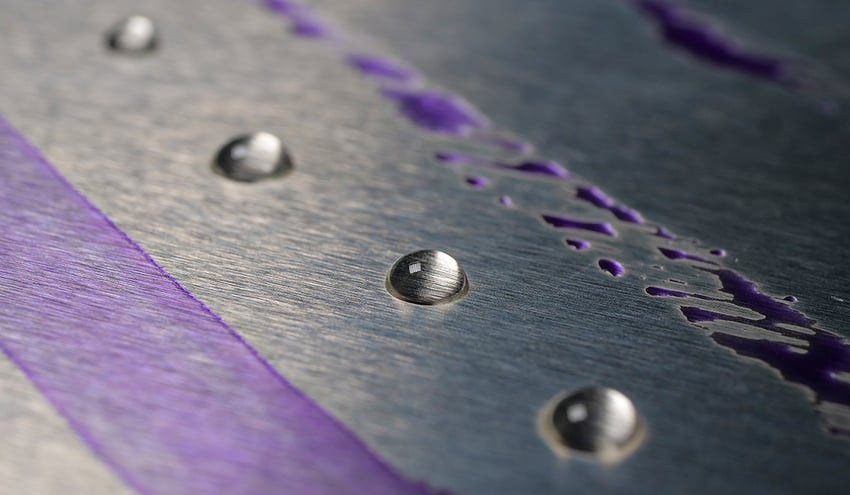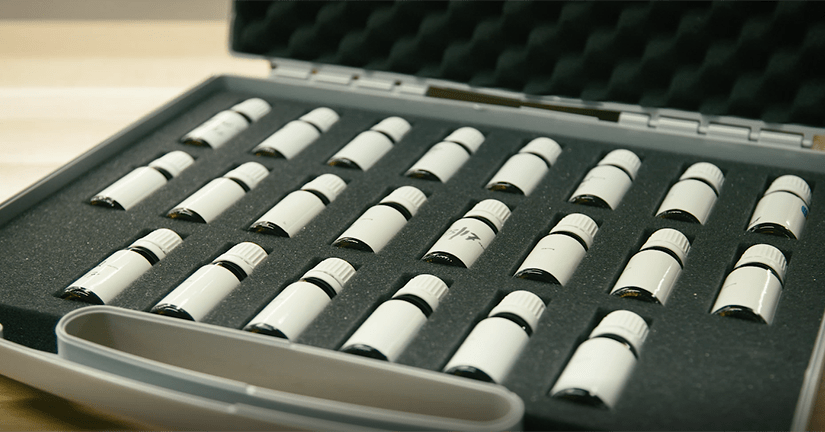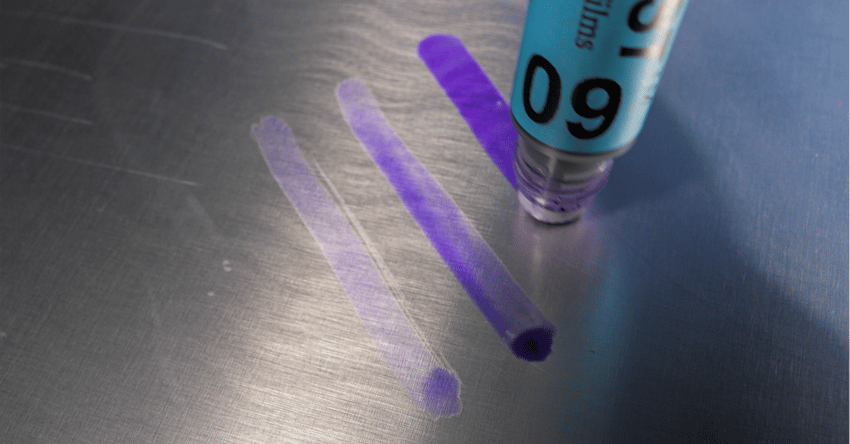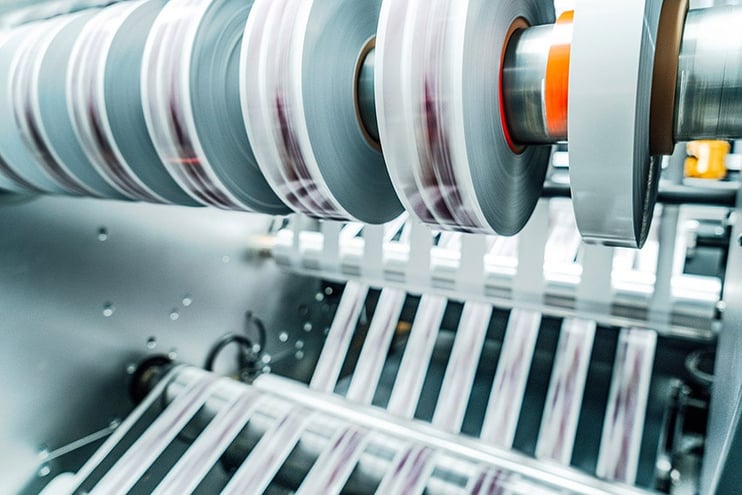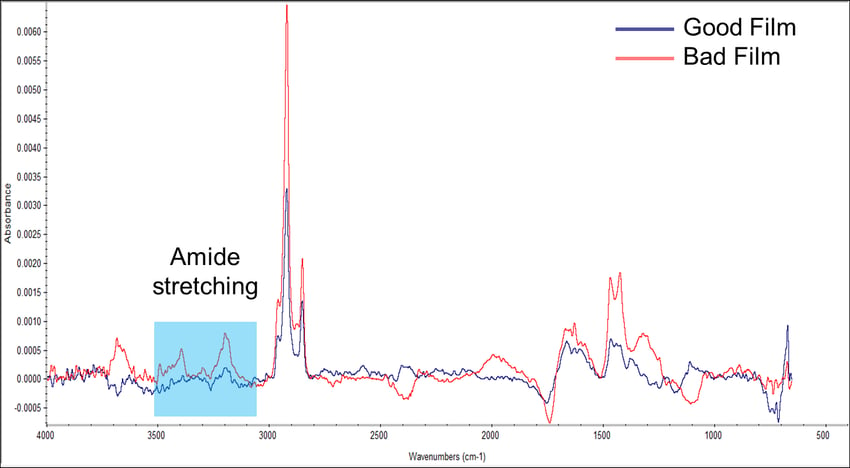Verification of surface treatment processes is necessary to ensure a successful product. A window and door manufacturer was using dyne pens to verify their plasma treatment on vinyl prior to bonding. However, the manufacturer was not happy with dyne as it was messy, destructive to the part being tested, inconsistent, and subjective. These downfalls pushed the manufacturer to search for alternative surface verification methods.
The manufacturer learned of the Surface Analyst™, which, unlike dyne, is fast, easy, accurate, non-destructive, and objective. However, the manufacturer was concerned because their suppliers and customers all spoke in dyne measurements. Luckily, the Surface Analyst provides a dyne measurement option that provides a water contact angle number alongside a dyne number. This allowed the manufacturer to use dyne numbers to ease the transition to the quantitative and accurate language of contact angle that the Surface Analyst provides. The company also gained the ability to use the Surface Analyst in other aspects of its assembly. For example, they used it to verify plasma treatment on plastic internal window components. Their process became much more efficient, quantitative, objective, and precise.
Learn more about what dyne testing is and the top alternatives to this method by downloading the eBook "What is Dyne Testing? Enhance Precision and Effectiveness with the Ultimate Alternative to Dyne Testing."

